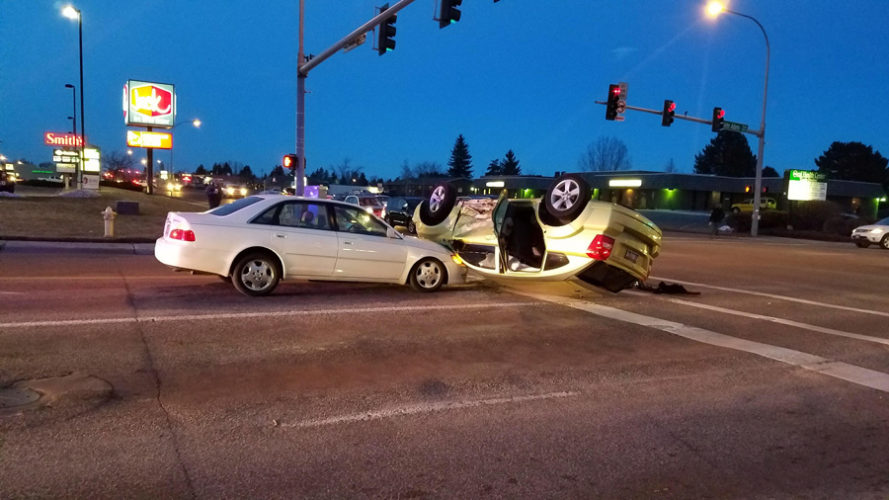
Minimizing the danger of collisions at intersections is crucial for safe driving. One of the key aspects of this is learning to stop defensively. Here are some important steps and tips to help you do that effectively:
Anticipate and Plan Your Stops
- Identify “Stale” Green Lights:
- Watch Pedestrian Signals: When the “Don’t Walk” signal starts to flash, it typically means the green light is about to turn yellow. Begin to decelerate early, which gives drivers behind you a clear signal that you are preparing to stop. This reduces the risk of sudden stops and rear-end collisions.
- Gradual Deceleration:
- Gradually slowing down not only prepares you for the stop but also signals to the driver behind you that you are stopping, giving them ample time to react and avoid a collision.
Positioning Your Vehicle
- Maintain Space in Front:
- Leave a Buffer Zone: When stopping, leave enough space in front of your vehicle so that you can see the tires of the car ahead touching the pavement. For larger vehicles like vans, aim to leave about a car length of space. This buffer zone provides several benefits:
- Evading Rear-End Collisions: If you see a vehicle approaching rapidly from behind, the extra space may allow you to move forward and avoid being hit.
- Avoiding Obstacles: If the car in front of you stalls or breaks down, the space lets you maneuver around it without being stuck.
- Re-establishing Space Cushions: This space helps you maintain a safe following distance when traffic starts moving again.
- Leave a Buffer Zone: When stopping, leave enough space in front of your vehicle so that you can see the tires of the car ahead touching the pavement. For larger vehicles like vans, aim to leave about a car length of space. This buffer zone provides several benefits:
- Entering Intersections:
- Wait After the Light Turns Green: When the light turns green, wait for about four seconds before entering the intersection. Use this time to ensure that cross traffic has cleared, which helps you avoid collisions with red-light runners. Always look left, right, and left again before proceeding.
Legal Stop Positions
- Understand Stopping Requirements:
- Painted Stop Lines: Always stop before crossing the painted stop line.
- Crosswalks: If there is no stop line but there is a crosswalk, stop before entering the crosswalk.
- Unmarked Intersections: If there are no pavement markings, stop at the point where you have a clear view of approaching traffic without entering the intersection.
Constant Vigilance
- Monitor Surroundings:
- Check Mirrors Regularly: Continuously check your mirrors every five to eight seconds. This helps you stay aware of traffic behind you and allows you to anticipate and react to any sudden movements.
Additional Tips
- Be Prepared for the Unexpected:
- Always be ready to respond to unpredictable actions from other drivers. For example, if someone runs a red light, your preparedness and early observation can prevent a collision.
- Defensive Driving Mindset:
- Adopt a Defensive Mindset: This means always anticipating potential hazards and planning your actions accordingly. It’s not just about reacting but being proactive in avoiding dangerous situations.
Summary
By anticipating stops, maintaining space, correctly positioning your vehicle, and staying vigilant, you can greatly reduce the risk of collisions at intersections. Defensive driving requires awareness, anticipation, and the ability to adapt to the actions of other drivers. Remember, safe driving is not just about following the rules but about being mindful and proactive on the road. Keep these tips in mind and make defensive driving a habit to ensure your safety and the safety of others.
